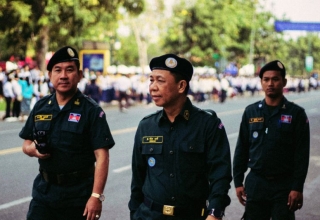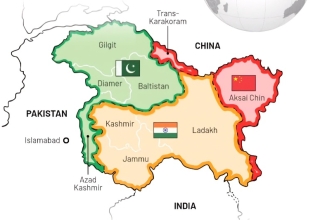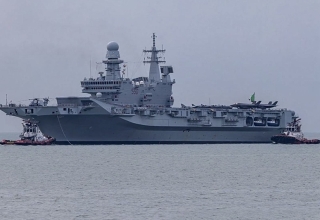
Israel has agreed to resume ceasefire negotiations with Hamas on August 15, therefore possibly helping to lower growing Middle Eastern tensions. Mediators from Egypt, Qatar, and the United States help to enable this choice, which marks a turning point in the ten-month conflict started by Hamas’s unparalleled onslaught on Israel on October 7. Thousands of people have died, extensive damage has been done, and a terrible humanitarian crisis—with countless lives hanging in the balance—has emerged from the battle.
The Case for a Methodical Approach
The continuous conflicts have made a sustainable solution even more desperately needed. The suggested negotiations seek to create a phased agreement comprising a truce, release of hostages in Gaza, and rise in humanitarian aid. Originally presented by U.S. President Joe Biden, this framework provides a methodical strategy to reduce the extreme humanitarian damage caused by the conflict and reestablish confidence among the parties. Not only will this solve the immediate relief for individuals caught in the crossfire, but it will also help the area to remain stable over long terms.
Civilian Deaths and Foreign Condemnation
The world community has strongly objected to Israel’s latest military operations, including bombings on Gaza City schools. Israel defends the approximately 18 deaths and many injuries reported by the Hamas-owned civil defense organization from these strikes as required actions against Hamas leadership headquarters. These events draw attention to the complicated character of contemporary conflict, in which the distinction between military targets and civilian victims is sometimes blurring. Targeting civilian infrastructure repeatedly has resulted in broad criticism and begged issues over the proportionality of Israel’s military reaction.
Iran’s Claims and the Danger of More General Conflict
To add to the complication, Iran has charged Israel with trying to spread the war throughout the Middle East. Iran’s promise to retaliate against what it believes to be aggressive behavior by Israel runs the risk of escalating the extent of the conflict and maybe involving other regional nations, therefore complicating the road to peace. Tensions have been raised even more by the killing of influential people including Hezbollah’s military chief Fuad Shukr and political leader of Hamas Ismail Haniyeh. These acts not only aggravate the current strife but also run the danger of starting a more general regional war.
Diplomatic Efforts and Foreign Involvement
With major participation from world leaders, diplomatic attempts to defuse the matter are under progress. The President of France, Emmanuel Macron, has advised Israel and Iran to break out from a cycle of reprisals. Emphasizing the vital part diplomacy and strategic pressure play in conflict resolution, the United States haz also increased its military presence in the area as a deterrence. The participation of several world powers in these negotiations emphasizes the need of a cooperative approach to settle the issue.
Public Perception and Leadership Responsibility
While expressing remorse over security failings, Israeli Prime Minister Benjamin Netanyahu stays adamant about his nation’s defensive posture. This draws attention to more general problems with leadership responsibility and the difficulties negotiating public opinion following security lapses. Together with his unwavering dedication to Israel’s security, Netanyahu’s admission of the terrible results of the battle shows the careful balance leaders have to do between owning past mistakes and projecting strength.
The Human Price and the Prospect for Harmony
There is wary hope as the ceasefire negotiations get underway. Under the careful eyes of international mediators, the resuming of communication between Israel and Hamas presents a ray of hope in a scene of conflict and suffering. The conflict has had a great human cost; many families have been split apart and towns have been decimated. Emphasizing the need of diplomacy and the human cost of war, the success of these conferences might act as a model for conflict settlement in other unstable areas.
Looking ahead: a future blueprint
In the end, the world waits with bated breath for a solution that respects the dignity and rights of those impacted and opens the path for enduring peace in a territory long beset by strife. The results of these negotiations could become a standard for how such conflicts are handled going forward, therefore stressing the need of all-encompassing plans that deal with the underlying as well as the immediate causes of violence. Leaders on all sides get ready to meet, and the whole community is still hoping that this turning point will bring in a fresh period of peace and collaboration.























